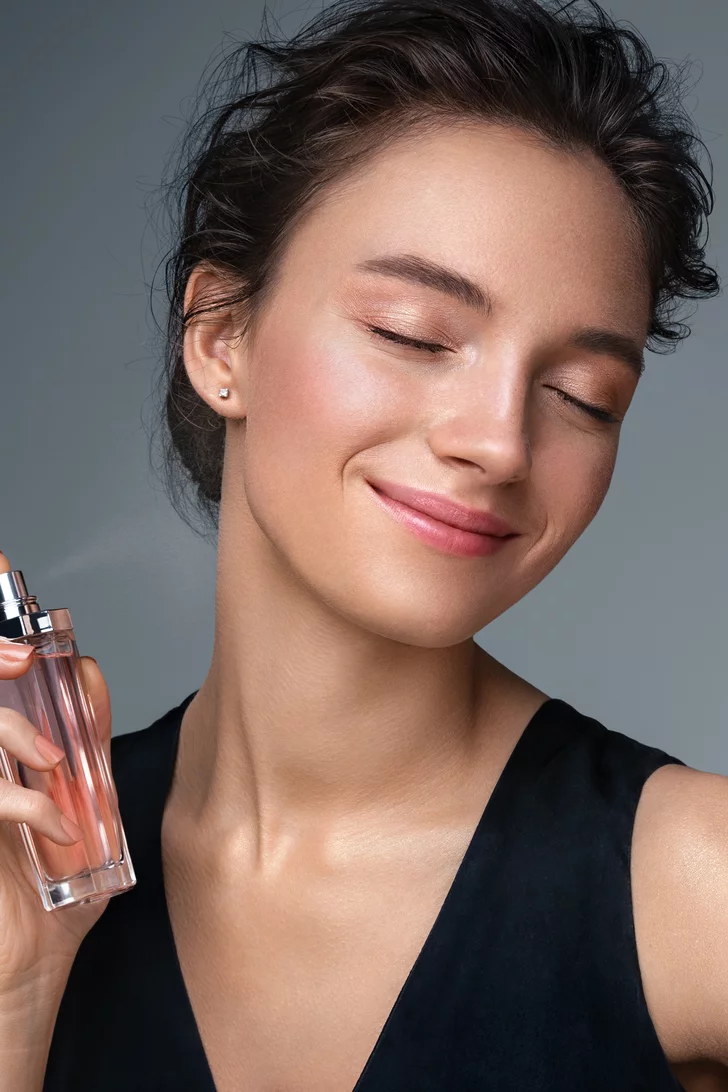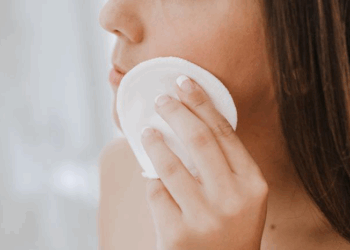Finding the perfect signature scent is more than just choosing a pleasant aroma – it’s about discovering a fragrance that becomes an extension of your personality, leaving a memorable impression wherever you go. Your signature fragrance should feel like a second skin, effortlessly complementing your natural chemistry while expressing your unique character and style.
Before diving into the world of perfumes and colognes, it’s essential to understand the basic structure of fragrances. Every quality perfume consists of three distinct layers called notes, which unfold over time to create a complete olfactory experience.
Top Notes: These are the initial scents you detect immediately after application. Light and volatile, top notes typically last 15-30 minutes and include citrus fruits, herbs, and light florals. They create the first impression but quickly evaporate to reveal the heart of the fragrance.
Middle Notes (Heart Notes): Forming the core of any fragrance, middle notes emerge after the top notes fade and can last 2-4 hours. These often include floral, spicy, or fruity elements that define the fragrance’s main character and personality.
Base Notes: The foundation of every fragrance, base notes appear after 30 minutes and can linger for 6-8 hours or more. These deeper, richer scents include woods, musks, amber, and vanilla, providing longevity and depth to the overall composition.
Fragrance Categories and Families

Understanding different fragrance families helps narrow down your preferences and guides you toward scents that align with your taste and lifestyle.
A. Floral Fragrances The most popular category, floral fragrances range from single-flower compositions to complex bouquets. Rose, jasmine, lily, and peony are common elements. These scents work well for romantic occasions and everyday wear, offering femininity and elegance.
B. Fresh Fragrances Including citrus, green, and aquatic subcategories, fresh fragrances provide clean, energizing scents perfect for daytime wear. Lemon, bergamot, mint, and ocean breeze notes create invigorating experiences ideal for active lifestyles.
C. Oriental Fragrances Rich and exotic, oriental fragrances feature warm spices, resins, and balsams. Vanilla, cinnamon, amber, and patchouli create luxurious, sensual compositions perfect for evening wear and special occasions.
D. Woody Fragrances Sophisticated and grounding, woody fragrances incorporate sandalwood, cedar, pine, and other tree-derived elements. These versatile scents work well for both men and women, offering warmth and elegance.
E. Gourmand Fragrances Inspired by food and desserts, gourmand fragrances feature edible notes like chocolate, coffee, caramel, and baked goods. These comfort scents create cozy, inviting auras perfect for casual settings.
Factors Influencing Fragrance Selection

Several personal and environmental factors affect how fragrances smell and perform on your skin, making fragrance selection a highly individual process.
Skin Chemistry: Your natural body chemistry significantly impacts how fragrances develop and last. Factors like pH levels, natural oils, and even diet can alter a perfume’s scent profile. What smells divine on your friend might smell completely different on you.
Lifestyle Considerations: Your daily activities, work environment, and social settings should influence fragrance choices. Light, fresh scents work better for office environments, while bold, statement fragrances suit evening events and special occasions.
Seasonal Preferences: Weather and temperature affect fragrance performance. Light, airy scents complement warm weather, while rich, heavy fragrances work better in cooler climates. Consider building a fragrance wardrobe with options for different seasons.
Personal Style: Your fashion choices, personality, and aesthetic preferences should align with your fragrance selection. Minimalist styles pair well with clean, simple scents, while dramatic fashion choices can handle bold, complex fragrances.
The Art of Fragrance Testing
Proper testing ensures you select a fragrance that truly works with your chemistry and lifestyle. Follow these essential steps for effective fragrance evaluation:
A. Initial Testing Start by smelling fragrances on paper strips or blotters. This gives you a general idea of the scent without skin chemistry interference. Test no more than three fragrances at once to avoid overwhelming your senses.
B. Skin Application Apply potential fragrances to your pulse points – wrists, behind ears, or inner elbows. These warm areas help activate the fragrance and reveal how it interacts with your skin chemistry.
C. Time Testing Allow fragrances to develop over several hours. Take notes about how the scent changes from initial application through the dry-down phase. What you smell immediately might be completely different from the final result.
D. Multiple Day Testing Don’t make decisions based on single wear. Test promising fragrances multiple times over different days, weather conditions, and situations to ensure consistent appeal and performance.
E. Seeking Opinions While personal preference is paramount, gathering feedback from trusted friends and family members can provide valuable perspectives on how others perceive your fragrance choices.
Building Your Fragrance Collection
Creating a well-rounded fragrance collection ensures you have appropriate scents for various occasions, seasons, and moods.
Day vs. Night Fragrances: Maintain separate options for daytime and evening wear. Lighter concentrations and fresh notes work better during the day, while rich, intense fragrances suit nighttime activities.
Seasonal Rotation: Develop a seasonal fragrance strategy. Spring calls for fresh, green scents; summer demands light, aquatic fragrances; autumn welcomes warm, spicy compositions; and winter embraces rich, cozy scents.
Occasion-Specific Scents: Consider having fragrances for specific events – work presentations, romantic dates, casual outings, and formal celebrations. This approach ensures you always feel appropriately scented.
Concentration Levels: Understand different concentration levels – parfum (highest concentration), eau de parfum, eau de toilette, and eau de cologne (lightest). Higher concentrations last longer but cost more and can be overwhelming if overapplied.
Common Fragrance Mistakes to Avoid
Learning what not to do is just as important as understanding proper fragrance selection and application techniques.
A. Overapplication Less is always more with fragrance. Overspraying creates overwhelming scent clouds that can be offensive to others and diminish the fragrance’s sophisticated appeal.
B. Mixing Incompatible Scents Avoid wearing multiple fragrances simultaneously unless specifically designed to layer. Competing scents create confusing, unpleasant combinations.
C. Ignoring Skin Chemistry Don’t assume a fragrance will smell identical on you as it does on others or in the bottle. Always test on your skin before purchasing.
D. Improper Storage Heat, light, and air exposure degrade fragrances over time. Store bottles in cool, dark places away from temperature fluctuations to maintain quality.
E. Rushing Decisions Take time to properly evaluate fragrances. Impulse purchases often lead to regret when the initial excitement fades and you realize the scent doesn’t suit your lifestyle.
Professional Tips for Fragrance Success
Industry experts recommend several strategies for maximizing your fragrance experience and ensuring long-lasting satisfaction with your signature scent choice.
Apply fragrance to clean, moisturized skin for better longevity and projection. Pulse points naturally warm the fragrance, helping it develop properly throughout the day. Consider applying to hair or clothing for extended wear, but test for staining first.
Timing matters when trying new fragrances. Avoid testing when you have a cold, after eating strong foods, or when wearing other scented products that might interfere with accurate evaluation.
Build relationships with knowledgeable fragrance consultants who can guide you toward suitable options based on your preferences and lifestyle. Their expertise can help you discover hidden gems you might otherwise overlook.
Conclusion
Finding your signature fragrance is a deeply personal journey that combines self-discovery with olfactory exploration. Take time to understand your preferences, test thoroughly, and choose scents that genuinely resonate with your personality and lifestyle. Remember that your signature scent should feel like a natural extension of yourself – effortless, memorable, and uniquely you.
The perfect fragrance becomes part of your identity, creating lasting impressions and evoking cherished memories for both you and those around you. Invest in this invisible accessory that speaks volumes about your taste, sophistication, and attention to detail.









